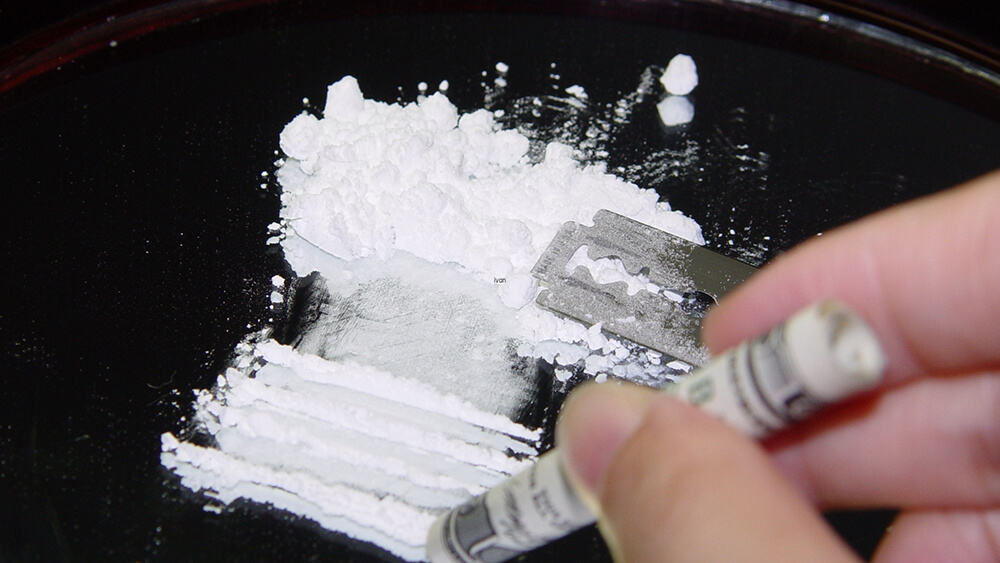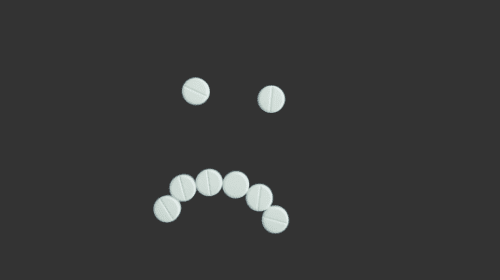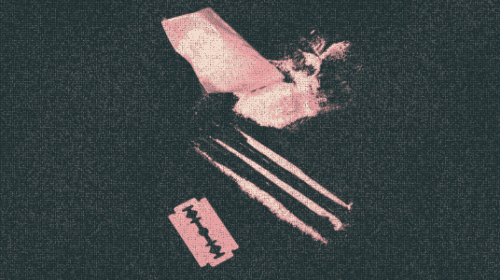Over the past two decades, there has been a significant increase in opioid addiction rates. Unfortunately, the addictive nature of these prescription medications has led many individuals to resort to acquiring manufactured heroin products when they can no longer access pills. One of the most common types of heroin sold at the street level is called “black tar” heroin. Learn more about the dangers of black tar heroin, the signs of heroin addiction, and how to get heroin treatment.
What is Black Tar Heroin?
Black tar heroin[1] is a potent and dangerous form of heroin derived from the opium poppy plant. It gets its name from its distinctive appearance – a thick, sticky, and dark-colored substance resembling roofing tar or coal. This form of heroin is primarily produced in Mexico and is commonly found in the western and southwestern regions of the United States.
What are the Characteristics of Black Tar Heroin?
Notably dissimilar from other variations like white or brown powdered forms, the physicality of black tar heroin[2] distinguishes itself primarily through its texture, which is dark black or brown, sticky, and has a viscous consistency.
Measuring the drug’s potency from one batch to the next is challenging, given its viscous tar-like consistency, which raises the likelihood of overdosing. The pungent odor that accompanies black tar heroin is characterized as acrid or vinegar-like because of impurities and chemical additives incorporated during its production.
How is Black Tar Heroin Produced?
The initiation of black tar heroin production involves utilizing the opium poppy plant (Papaver somniferum). Following scoring or cutting its immature seed pods, a milky sap oozes out, which air dries into a gum-like substance. This raw gum contains alkaloids like morphine and codeine responsible for creating heroin.
Next, the morphine needs to be extracted from the opium gum. This is typically achieved by boiling the opium gum in water, which dissolves the morphine. The mixture is then filtered, separating the morphine-rich liquid from the solid plant material and other impurities.
To convert the liquid into heroin, it is primarily mixed with acetic anhydride. The mixture is then heated, causing a chemical reaction that transforms the morphine molecules into diacetylmorphine. This resulting substance is called the “heroin base,” which is still unsuitable for consumption.
The heroin base is often further processed with additional chemicals and techniques to increase purity and yield. After the mixture is heated and stirred, the impurities will separate from the combination and settle at the bottom. The purified heroin base is then extracted and heated to evaporate any remaining water, leaving a sticky, dark-colored substance – black tar heroin.
How is Black Tar Heroin Consumed?
There are three primary methods for consuming black tar heroin[3] – injection, smoking, and snorting.
Injection
An injection is a go-to method for taking black tar heroin among many users – by dissolving this drug in water before directly injecting it into their veins using needles and syringes. However, there are serious risks involved with this approach.
Overdosing on black tar heroin is not uncommon due to its potency, which could lead to respiratory failure and even death if left unattended.
The presence of impurities in black tar heroin can also lead to severe health problems when wrongly administered intravenously – causing infections like abscesses and damaging veins.
Injecting drugs also leaves users at risk of contracting viruses like HIV and hepatitis B through sharing needles and other injection paraphernalia that should ordinarily be disposed of with care.
Smoking
The practice of “chasing the dragon” involves smoking small amounts of black tar heroin on aluminum foil[4] and using a lighter to produce vapors inhaled through a straw or rolled-up paper.
Although this method may reduce the risks associated with injecting the drug, it still poses serious dangers, such as lung damage from toxic fumes and the risk of addiction and overdose due to the fast absorption of the drug into the bloodstream through the lungs.
Snorting
Snorting black tar heroin is less common due to its sticky consistency, which makes it challenging to inhale as a powder. However, some users may dissolve the drug in water and snort the liquid using a straw or other device.
This method carries similar risks to smoking, including addiction, overdose, and potential damage to the nasal passages and respiratory system.
What are the Risks of Using Black Tar Heroin?
Due to its potency, black tar heroin carries the most substantial risks compared to other opioid-based substances. Below are some of the dangers associated with using this drug:
Highly Addictive Nature
The addictive nature of black tar heroin poses a substantial risk for its users. This drug, like other forms of heroin, has been found to cause physical and psychological dependence.
Once heroin addiction develops, individuals may feel powerful urges and experience significant withdrawal symptoms, rendering cessation formidable. This addiction can lead to serious health consequences and financial and interpersonal troubles with loved ones.
Risk of Heroin Overdose
The potency and unpredictable purity of black tar heroin make it more likely to cause an overdose. Users may unknowingly consume a lethal dose since the drug is often cut with various substances to increase its volume. Heroin overdose can result in respiratory failure, coma, and death.
Increased Risk of Infection
The production process for black tar heroin poses significant contamination risks, potentially exposing users to dangerous microorganisms. Sharing needles with drug abusers can lead to severe infections such as cellulitis, abscesses, and endocarditis, which can put an individual’s health at risk. It also increases exposure to blood-borne pathogens like HIV and Hepatitis C.
Damage to the Veins and Tissues
Injecting black tar heroin can cause severe damage to the veins and surrounding tissues. The drug’s sticky consistency can clog blood vessels, leading to collapsed veins, inflammation, and blood clots. In some cases, this damage can result in the need for amputation or other invasive medical interventions.
Neurological Complications
Long-term use of black tar heroin is connected to nervous system complexities, including cognitive defects such as memory loss and inability to focus. Additionally, people indulging in the use of this narcotic can face a decrease in their emotional well-being leading to heightened levels of anxiety or depression along with suicidal tendencies.
Get the Help You Need for Heroin Addiction Today
Addiction to black tar heroin, or any other variety, is an urgent and time-sensitive health issue. Get the help you need to today to prevent a potentially life-threatening overdose. Recovery Unplugged is standing by 24-7 to help you and your loved one get the heroin treatment you need and deserve. Call us now to access lifesaving medical and behavioral care.


























